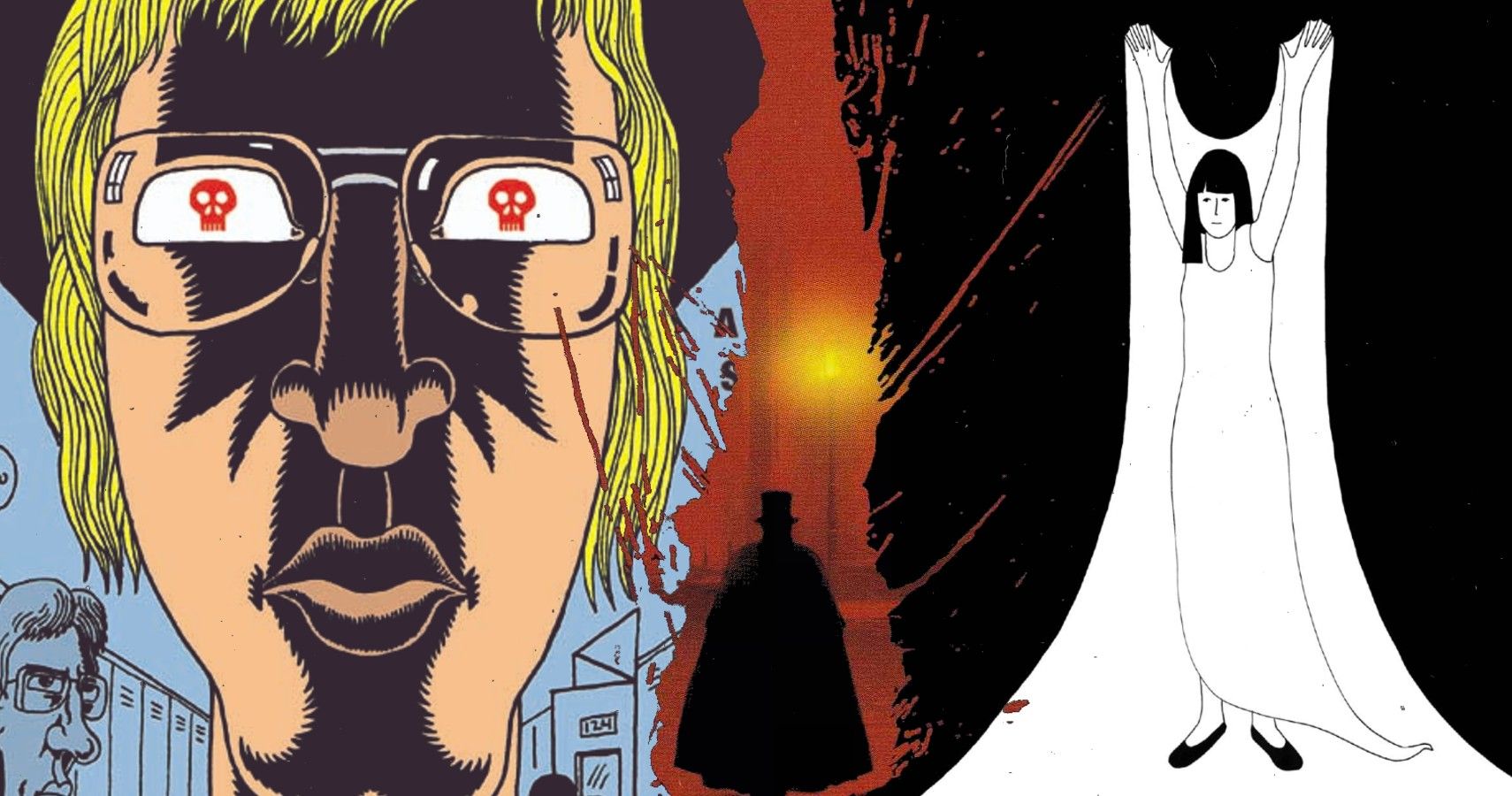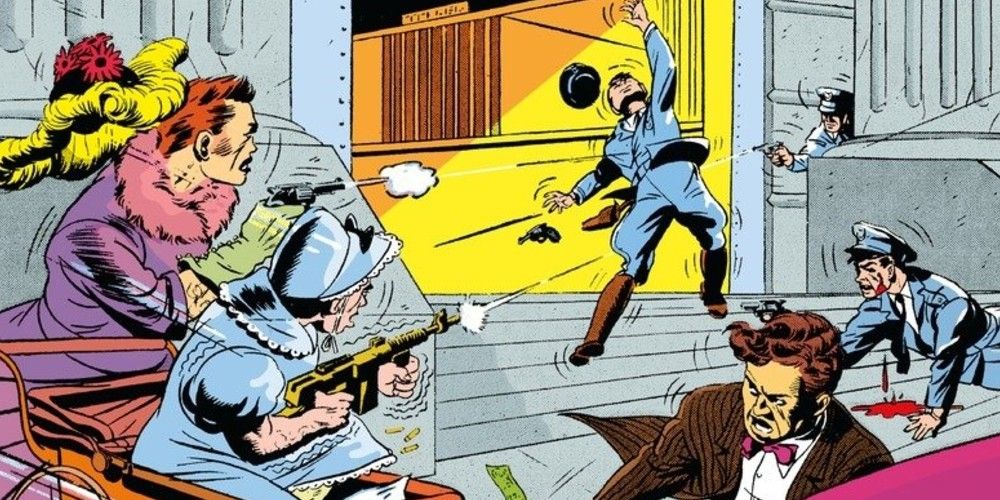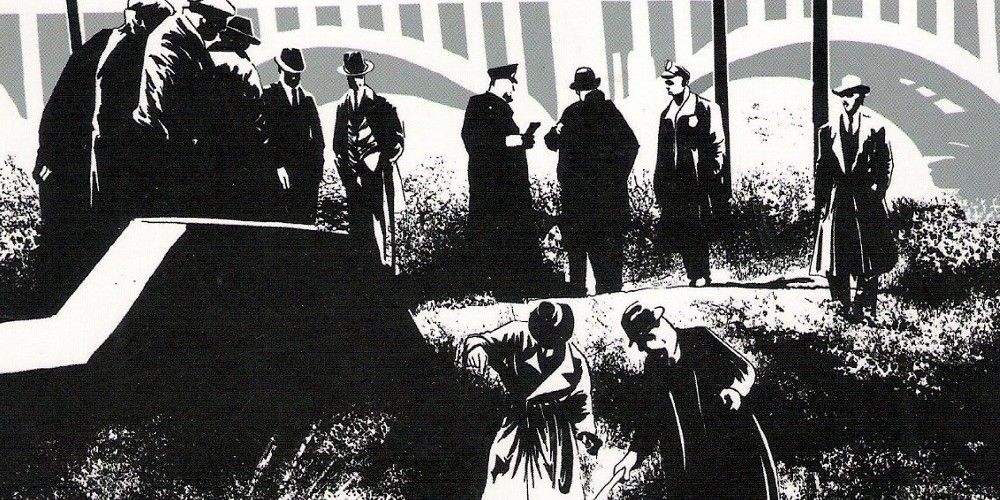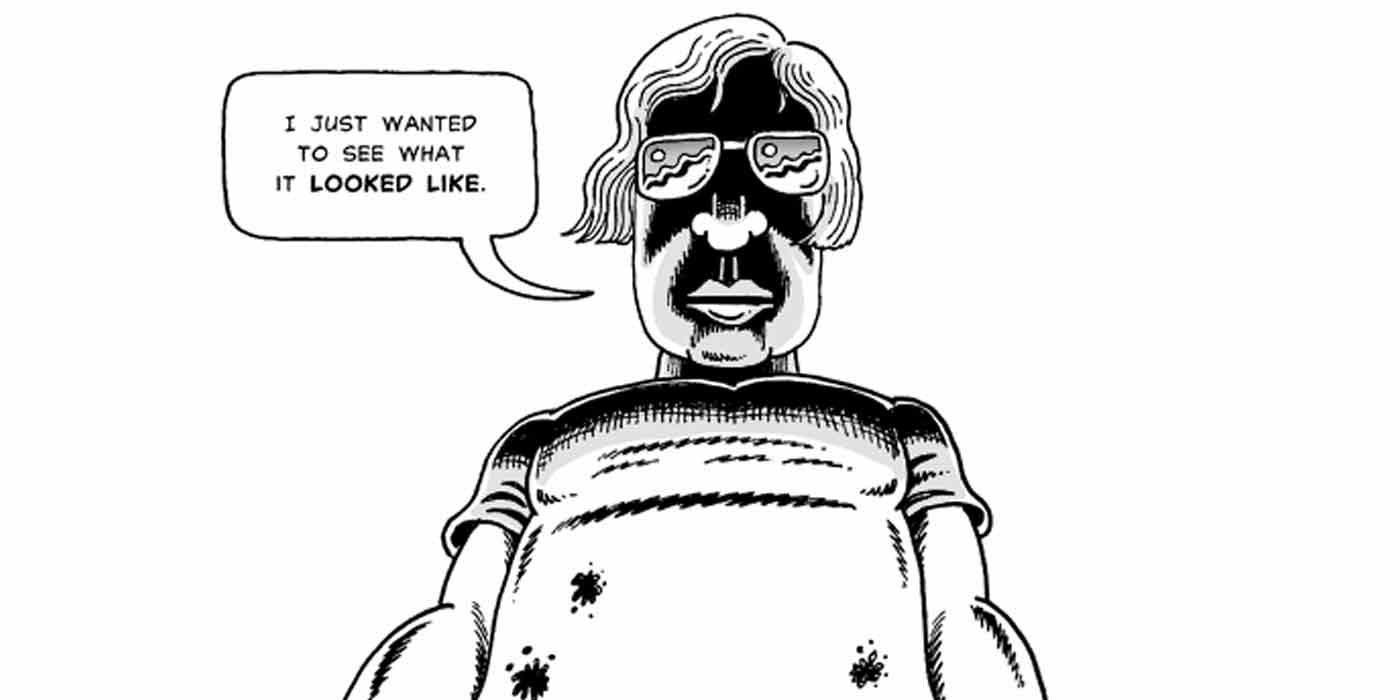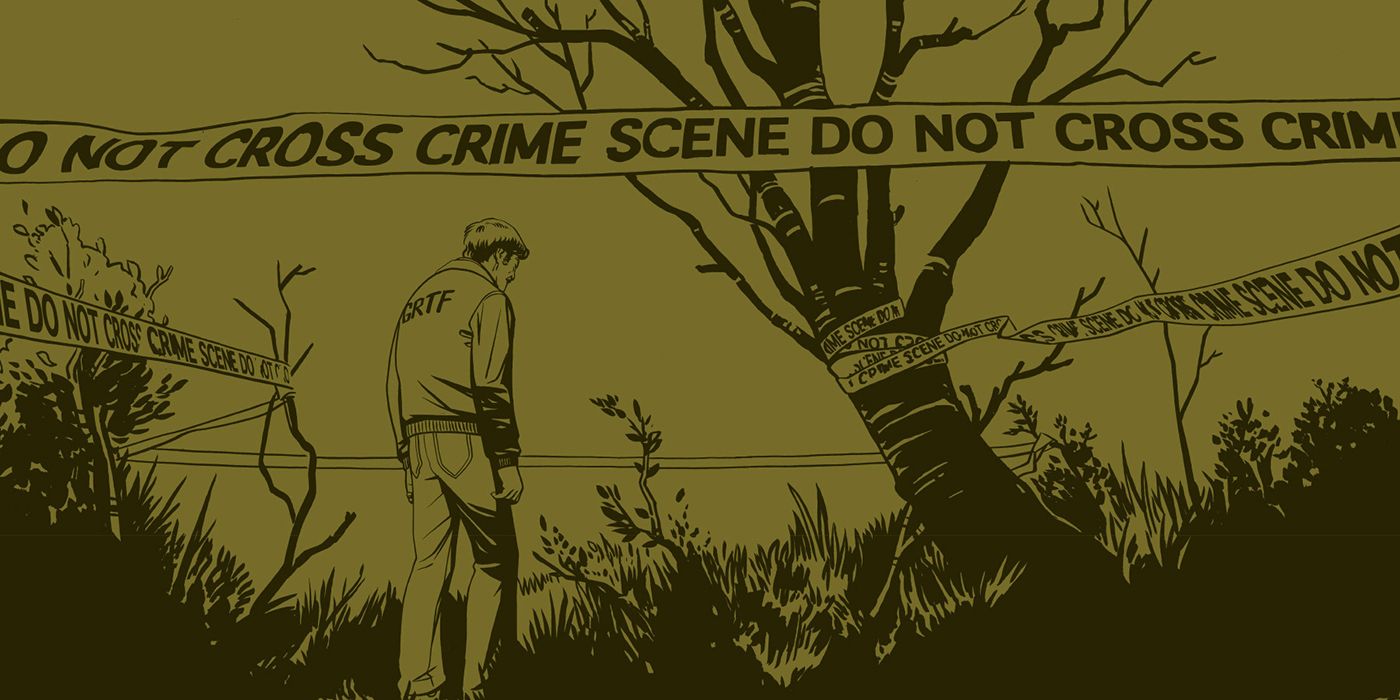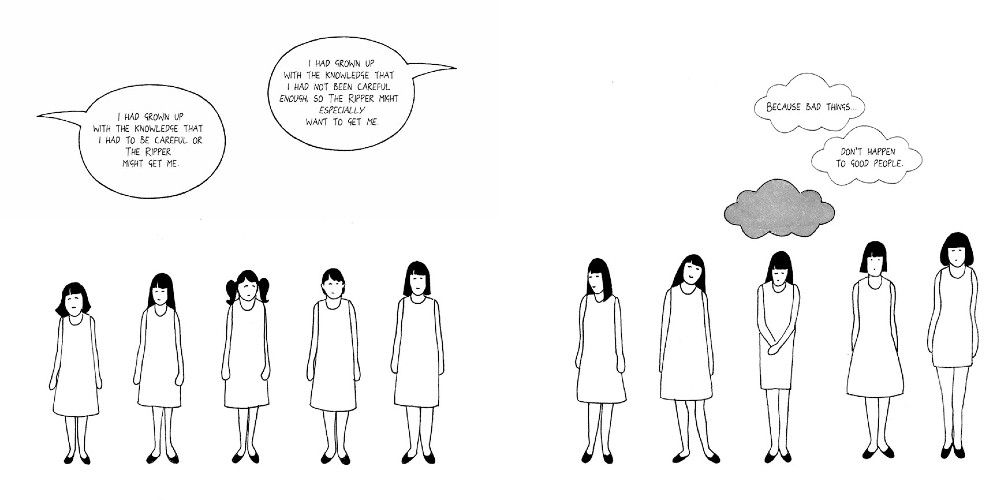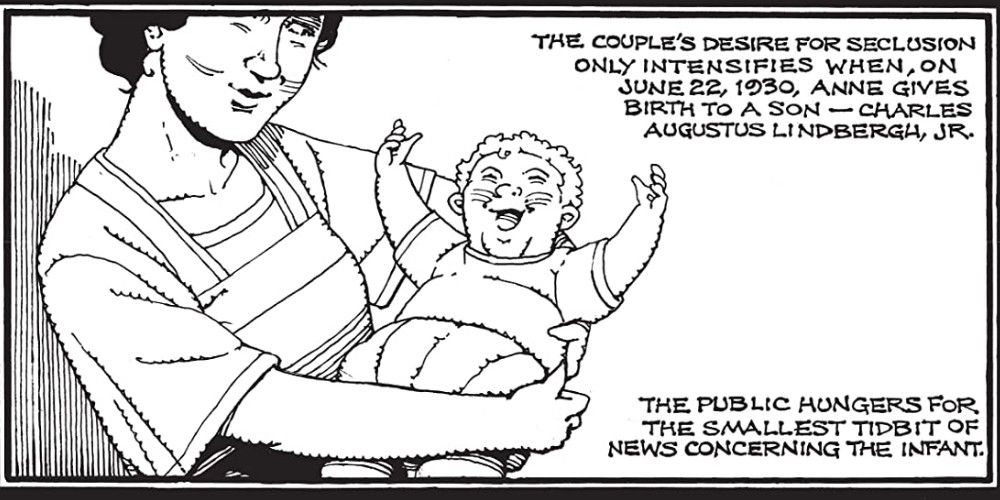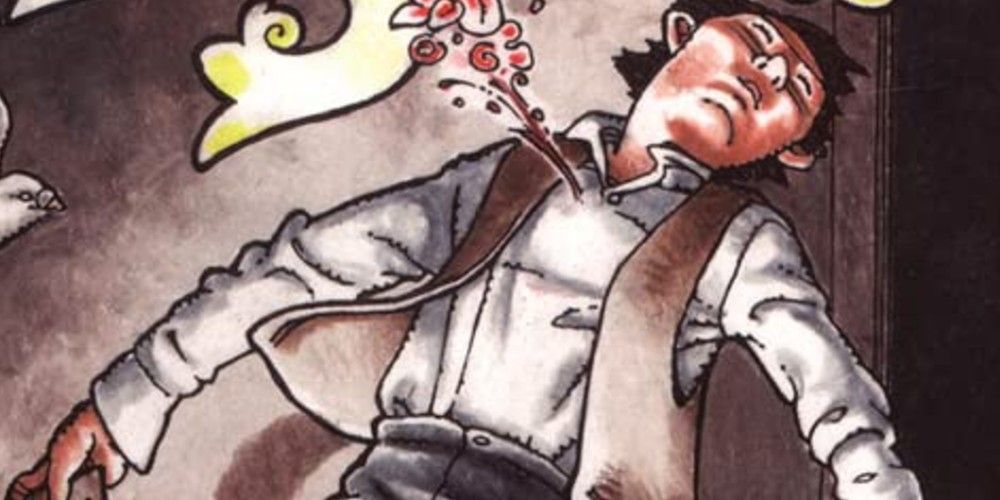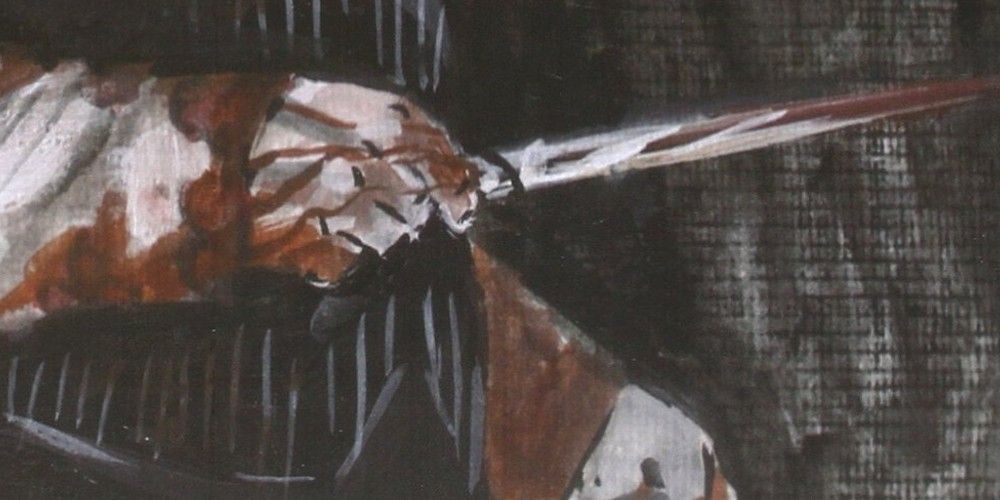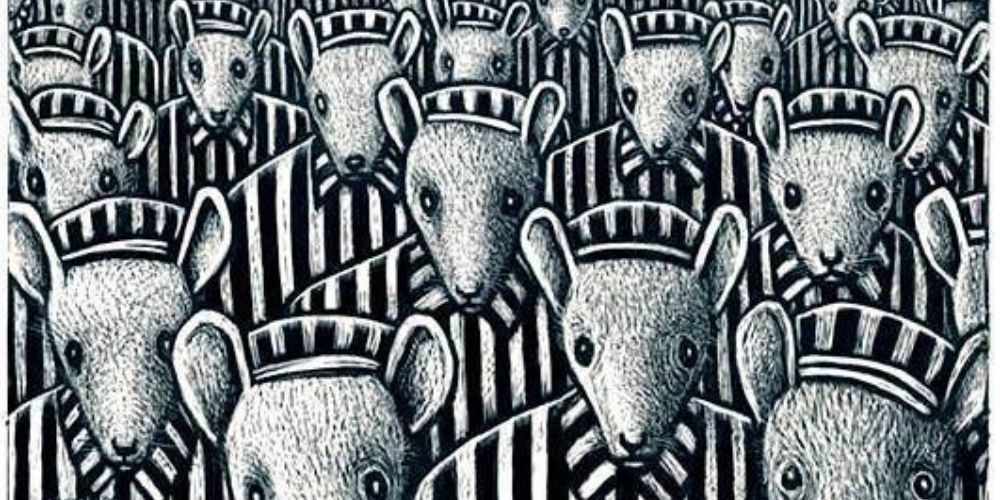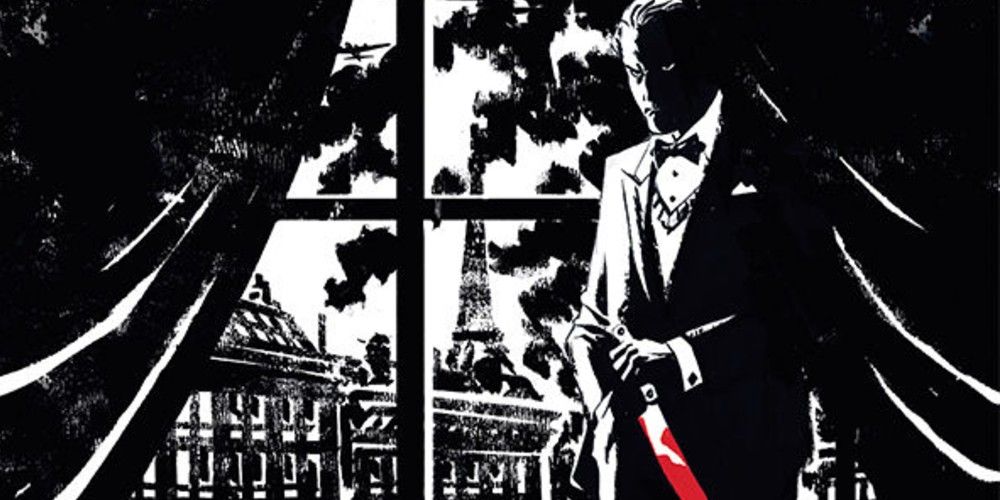Almost as soon as mankind started to tell stories, the storytellers would reveal tales of true crime. As time went on, the subject of true crime became more and more popular, with songs and plays being written about the dastardly deeds of killers, thieves, and other malcontents. Books and newspapers detailed the gruesome stories of horrific murders, and as soon as they could, the movies followed suit.
Comic books weren't about to sit out the people's love of true crime. In the early days of the art form, comics about real-life gangsters, killers, and other ne'er-do-wells filled the racks, challenging the likes of Superman and Wonder Woman for every kid's nickel. And while true crime comics may not be as prevalent today, they are still out there, lurking in the shadows, waiting to strike.
10 Crime Does Not Pay
The first true crime comic, Crime Does Not Pay was published by EC Comics - best known for Tales from the Crypt - and hit the shelves in 1942, and lasted for three years. Most of the stories in the series were written by Charles Biro and the series quickly became a huge hit, thanks mainly to Biro and the number of artists on the title focusing on the lewd details of the crimes and the violent artwork.
Crime Does Not Pay was one of the main comics parents groups and Dr. Fredric Wertham focused on as evidence that the art form was causing a rise in juvenile delinquency. Of course, those claims were not true, but in an attempt to keep from going under, EC Comics agreed to publish Crime Does Not Pay under the Comics Code Authority. Sadly, without the sex and violence, the readers were no longer interested and Crime Does Not Pay was canceled.
9 Torso
Before becoming one of the best-known superhero writers of the 21st century, Brian Michael Bendis was best known for his creator-owned work and his telling of the Elliot Ness and the Cleveland Torso Murderer. In Torso, Bendis, with co-writer Marc Andreyko, tells the story of Cleveland's most horrific unsolved crime; the murders and dismemberments of at least twelve souls.
Bendis and Andreyko used actual case files to build their story while adding in their own touches to flesh out the tale of 1930s Cleveland the case that one of America's most famous lawmen couldn't solve.
8 My Friend Dahmer
While most true crime stories focus on the murders a person has committed, My Friend Dahmer by John “Derf” Backderf tells the story of a teenaged Jeffrey Dahmer long before he would become a famous serial killing cannibal.
Derf was friends with and was Dahmer in high school and chose to tell the story of that time. My Friend Dahmer looks at who the killer was before he started killing, as Derf tries to figure out how it was that his weird but shy pal in school could go on to become such a horrific monster.
7 Green River Killer: A True Detective Story
Gary Ridgeway - the Green River Killer - began killing women in the Seattle-area in the 1980s, and he would not be caught until 2001, having taken the lives of at least forty-eight women, though some believe he killed over a hundred. For the majority of that time, the case was handled by a single detective, Tom Jensen. As the body count increased, Jensen worked to find and stop one of America's most prolific killers.
Green River Killer: A True Detective Story was written by Tom Jensen's son Jeff Jensen with art by Jonathan Case. Jensen's writing, and Case's art, bring an emotionally bleak reality to the story that doesn't hold back.
6 Becoming Unbecoming
Set in northern England in 1977 as the Yorkshire Ripper was in the middle of his five-year reign of terror, Becoming Unbecoming by Una focuses on how Peter Sutcliffe's murder of 13 women left damage in places the news and history books never discuss.
For a young Una, her fear of being killed by a man - any man - and the bullying she experiences at school leads her to become more insular. Una's story becomes more heartbreaking as time goes on, and shows how a victim can come to see themself as the one who should carry the blame.
5 The Lindbergh Child
Artists Rick Geary specializes in true-crime comics, creating the nine-volume series, A Treasury of Victorian Murder, and the seven-volume series A Treasury of XXth Century Murder. It is from the latter that The Lindbergh Child comes from. In this volume, Geary looks into one of the most famous kidnapping cases of all time, the 1932 kidnapping of Charles Augustus Lindbergh Jr., the infant child of famed aviator Charles Lindbergh.
The Lindbergh Baby Kidnapping was one of the biggest newspaper stories of its time, and it became an undying legend when the child's body was found two months later just four and a half miles from the Lindbergh home. Geary put the focus on the unsolved aspects of the case, making for an intriguing and unrelenting story.
4 The True Death of Billy the Kid
Another compelling and beautiful true-crime story by Rick Geary, The True Death of Billy the Kid follows the final days of one of America's most mythologized characters from the Wild West, the outlaw William H. Bonney. Geary, in his perfect fashion, showcases the many sides of Billy the Kid, who was equal parts charming, witty, and murderous.
Like all of his true-crime work, Geary sticks to facts of the story, but he isn't afraid to have fun with them, making The True Death of Billy the Kid a brisk and wonderful read.
3 From Hell
One of the best known and well-received true-crime comics, Alan Moore and Eddie Campbell's From Hell is a telling of the infamous Jack the Ripper murders of Victorian London. Moore connects the murders of five women to the Freemasons and the British Royal Family by concentrating the story on the theory that the killer was in fact English physician William Gull, and uses it to show how these killings have infected society ever since.
In truth, William Gull could not have been Jack the Ripper, but that doesn't stop From Hell from being an amazing story.
2 Maus
The Pulitzer Award-winning graphic novel by Art Spiegelman, Maus is a personal telling of the most horrific crime ever committed in the history of mankind, the attempted genocide of the Jewish people by the Nazis. Across two volumes, Spiegelman tells the story of his father, Vladek Spiegelman, as he grows up in pre-war Poland and ending up being one of the millions of Jews who were taken by the Nazis and sent to Concentration Camps.
Spiegelman, who tells the story using anthropomorphic animals to make it easier to read, digs not only into his father's tragic past, but his mother's suicide and how all of this affected his own life. Nothing about Maus is easy to digest, but all of it is important.
1 The Butcher of Paris
A recent release, The Butcher of Paris - written by Stephanie Phillips with art by Dean Kotz - tells the story of Marcel Petiot, a Parisian doctor who used the Nazi occupation of France as an opportunity to become one of the world's most horrific serial killers.
As the world battled to free France from German rule, Petiot murdered at least twenty-three people - though some believe he may have taken over two hundred lives - burying their remains in his basement. Phillips and Kotz tell the story of Petiot as he commits his horrendous crimes while escaping capture from both Nazi and Allied forces for years.

